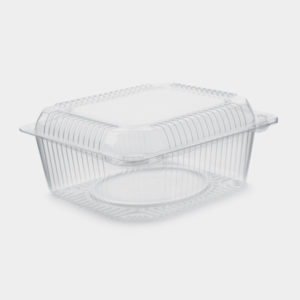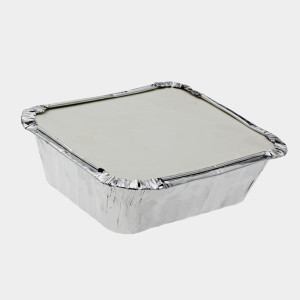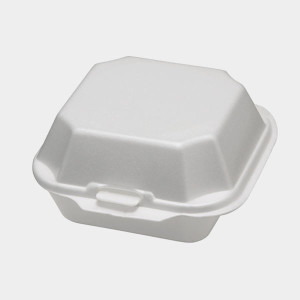
With the amount of garbage being generated around the globe every day, not recycling an item such as a soda bottle may not seem like it would make a huge difference. However, every item that doesn’t get recycled has a compounding negative impact on our environment. Here’s how failing to recycle harms the environment:
Landfills Fill Up Faster
When recyclable items are tossed into the garbage instead of the recycling, they eventually end up in landfills. These items take up valuable space that could otherwise be occupied by non-recyclable materials. According to data from Waste Business Journal, American landfills only have about 11-16 years of capacity left. Once our existing landfills reach capacity, new areas will have to be repurposed to create new landfills. These repurposed areas are often rural areas with native vegetation that could otherwise be working to sequester carbon dioxide and other greenhouse gases. In urban areas, creating new landfills is also difficult, because land is at a premium, and no community wants their new neighbor to be a landfill.
Greenhouse Gases Are Released
Plastic items in the landfill release methane and other harmful greenhouse gases as they break down. These gases trap heat in our atmosphere and lead to the warming of our planet. Recycling prevents this by giving these materials a new life and keeping them out of landfills.
Toxins Can Leach Into Soil and Groundwater
In addition to emitting greenhouse gases, plastics can also leach chemicals into the soil and groundwater as they decompose. The long-term health risks associated with these chemicals are still being determined, but scientists have found that they can significantly alter hormones in animals and humans.
New Resources Are Required
Creating a new item requires a certain amount of material. When recycling is done right, the materials needed to make that item can be sourced partially or entirely from recycled material. When items are thrown into the garbage, those materials are lost and need to be replaced by new material through mining, drilling or other methods of resource extraction. To give this issue a little perspective, think of how much plastic was probably produced between 1900 and 2000. In the ten years from 2000 to 2010 alone, we produced even more plastic than in the entire previous century. With so much demand for plastic, it’s more important than ever to recycle.
The good news? These effects can be easily avoided through recycling! Use our Recycling Guide to find out how to properly dispose of just about everything. A little extra effort put into recycling correctly will make a big difference for our planet in the long run.















